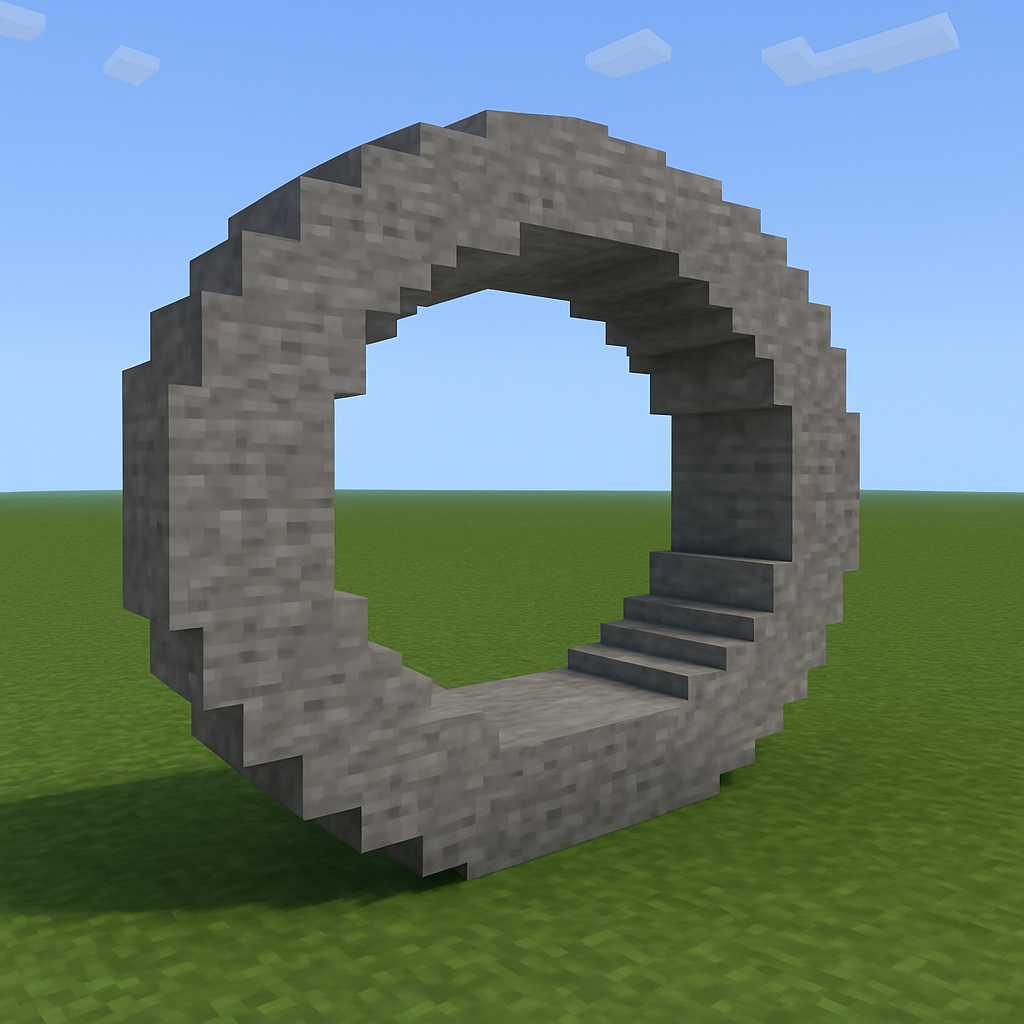Info
This post is more like an exercise for personal interest. It does not necessarily contain anything new.
🏷️Introduction
Let us imagine that a closed smooth manifold is constructed in Minecraft😅, we can expect some detailed information is likely to lose.
Image source: ChatGPT
So, it is natural to ask:
How much geometric information is still kept?
Intuitively, we may find the smooth part is still recognizable while the details will be gone. In the following, we try to make this rigorous. The whole idea is to show the spectrum of the graph Laplacian derived from the lattice converges to the spectrum of the smooth manifold’s Laplacian, to certain extent.
❕Story time!
Let be a smooth, closed, oriented surface. Denote the Laplace-Beltrami operator on and be the gradient operator. We also denote as the eigenfunctions of with corresponding eigenvalues . The first trivial eigenvalue .
Our story starts with something between the Minecraft (lattice graph) and the manifold.
🌵Eigenvalue estimates in tube
Let denote the signed distance function to that takes the negative sign for points inside the region enclosed by . With the distance function to , the projection operator can be evaluated by
The projection operator is well-defined when the is larger than the maximum principal curvature of .
Definition
Let be the level set
and the tube
Then we prove the following lemma, which shows the eigenvalues of the Laplacian on can approximate the eigenvalues of as the tube width .
Lemma
Let be a small parameter. Assume that are the eigenfunctions of the following eigenvalue problem with Neumann boundary condition
Then there exists a constant independent of that .
Proof of lower bound
The main tool is the min-max principle,
We first provide a lower bound for . Our estimate consists of three steps.
Step 1: Explicit construction of the subspace . We define the functions by
and denote .
Step 2: Estimate of norms. Let , and we apply the co-area formula
Let be the Jacobian between the surfaces and , then
where .
Therefore, , we have the following estimate
We then estimate
Step 3: Apply the min-max principle.
Proof of upper bound
Next, we provide an upper bound estimate using the max-min counterpart.
Step 4: Explicit construction of . We define the functions by
where is the mirror point of across . Then for , using the symmetry of the domain along normal direction,
which implies forms an orthogonal set and let .
Step 5: Norm estimates are similar to the previous case. For , we can write that and
which implies
In a similar spirit, we have
By cancellation, , which implies that and as well. Therefore,
Step 6: We will now use the max-min principle
For , since is a constant function, we have , then by the Poincaré inequality, there exists a constant that
Thus we have
